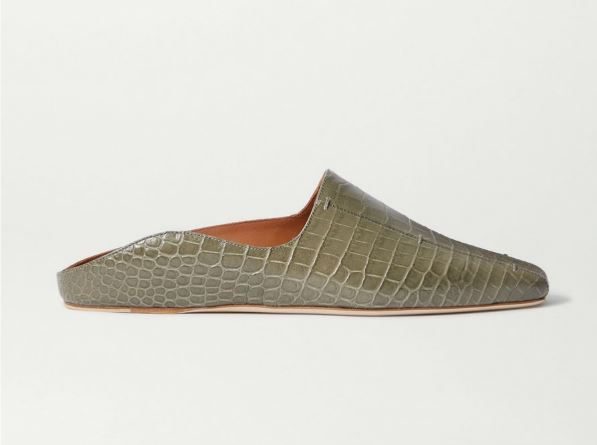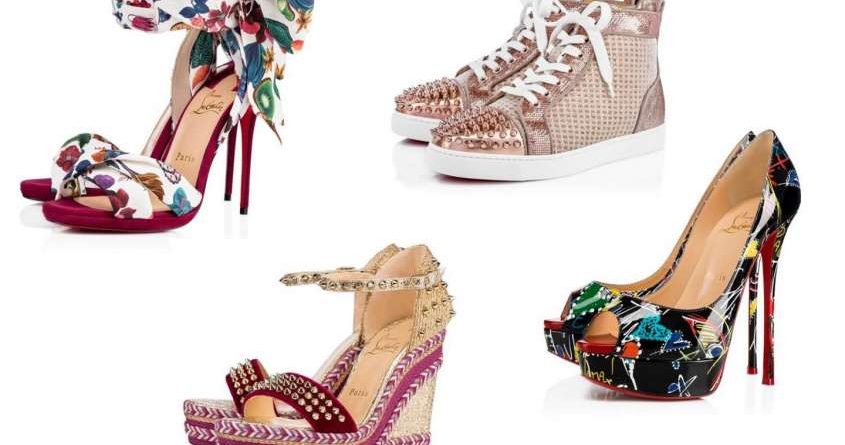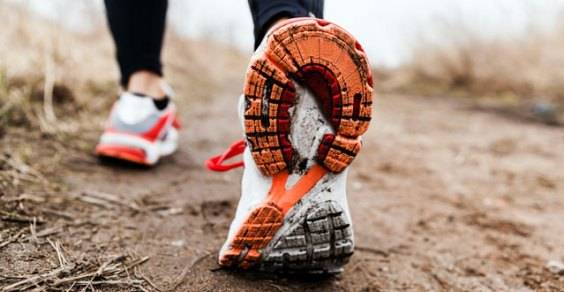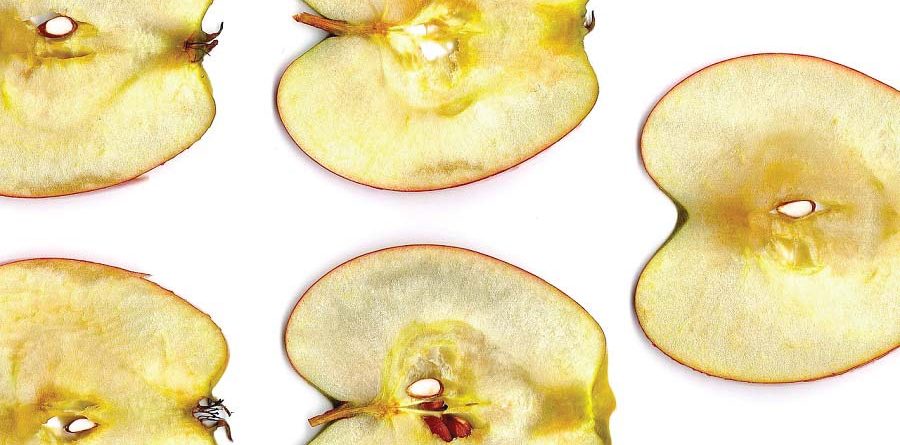Storia della scarpa con i tacchi: un’evoluzione lunga secoli
The evolution of footwear, from a symbol of prestige, authority, and male power to a tool of feminine seduction, arouses conflicting passions. Loved and despised, considered instruments to emphasize legs and silhouette, but also harmful to foot health and body posture, high-heeled shoes are the subject of debate for various reasons and valid criticisms.
Their discomfort is undeniable, as is the widespread awareness that most contemporary footwear, especially those with heels, are often not designed to prioritize foot comfort and mobility. Instead, aesthetics often take precedence over functionality, and these shoes are conceived to meet social and psychological objectives.
Among the oldest known shoes is a moccasin found in Armenia dating back approximately 5,500 years, made from a single piece of tanned cowhide with laces along the front and back seams. Archaeologists argue that it was intended to facilitate walking on rough terrain, protecting the feet from cold, stones, and thorny obstacles.
In a sense, the fundamental design of shoes has undergone few changes throughout human history, while the earliest traces of high-heeled shoes date back over 2000 years, evolving in design and social significance.
FROM EGYPTIANS TO GREEKS TO PERSIANS
Mural depictions testify that the Egyptians wore this type of footwear, including an artisan wearing boots with heels, suggesting they were used for both work and walking on muddy terrain. Historical evidence also reveals the use of such shoes among actors in ancient Greece, who wore them during their theatrical performances. The height of the heel represented the significance of the character, and a 10-centimeter heel was a sign of honor and esteem.
Some believe that high-heeled shoes may have Persian origins, where soldiers used them to secure their feet in stirrups and maintain balance in the saddle. They managed to attract the attention of European aristocrats and became a symbol of power.
However, some historical evidence documents the use of high-heeled shoes among Western women in the 14th and 15th centuries, such as the Venetian-origin 'cioppine.' These shoes resembled very high wedges, less sophisticated in design but often decorated with paintings or mother-of-pearl inlays. The height of the cioppine indicated the social rank of the wearer, and noblewomen were willing to sacrifice comfort to maintain their prestige.
Also called "pianelle," these shoes, despite the name, had an extraordinarily high heel and an open back, with cork soles to lighten them. They were worn by both men and women, but while men preferred closed models with a low heel, female versions could reach up to half a meter in height.
Walking in these shoes was extremely difficult, often requiring assistance to maintain balance. This type of footwear also served as a tool of seduction, making walking not only complex but also sensual and charming. Probably for this reason, the spread of high-heeled shoes was also favored by the male desire to exert social control over women.
FROM THE FRENCH COURT TO LOUBOUTIN
According to tradition, Catherine de' Medici contributed to the spread of high-heeled shoes. Irritated by the height difference between her and her husband, Duke Henry of Orleans, future Henry II, she asked the court cobblers to create shoes with a 7 cm heel. By the late 16th and early 17th centuries, all European noblewomen followed her example.
Another change for heels occurred in 1673 when King Louis XIV ordered the creation of the first pair of shoes with heels and red soles, precursors to the iconic Louboutin shoes (inspired by the French king himself). The Sun King became practically obsessed with them, perhaps due to his short stature of 163 cm. He issued a law allowing only members of his court to wear red heels, forbidding them to outsiders. The privileged courtiers had to distinguish themselves in some way but ended up inspiring those who aspired to aristocracy.
WIDESPREAD USAGE AND THE GREAT RENUNCIATION
Between the late 19th century and the early 20th century, during the Victorian era, high-heeled shoes became particularly popular among women, while men, simultaneously with the abandonment of stirrups and later with the Great Male Renunciation, opted for more sober and comfortable clothing.
With the advent of photography in the mid-19th century, heels began to be considered a symbol of femininity and sensuality, an idea that was further reinforced in the 1940s and 1950s with the arrival of pin-up culture.
The evolution of high-heeled shoes has traversed periods of alternating progress and episodes of female subordination and "objectification." The stiletto heel, for example, attributed to various designers but mainly to shoemakers in Vigevano in 1953, offered the possibility of accentuating the grace of movement but also exposed wearers to falls and more complex steps.
While Marilyn Monroe considered high-heeled shoes an irresistible weapon of seduction and argued that women owed a lot to them, the opposite opinion is also widespread. Fortunately, today, freedom of choice is imperative. If for decades heels were the only option, wearing them is now a personal choice, no longer a social obligation. However, we should not overlook the importance of shoe soles for women, playing a fundamental role in foot comfort and health.
Source: https://www.alfemminile.com/stili-e-tendenze/storia-della-scarpa-con-i-tacchi-dagli-albori-del-feticismo-ai-nostri-giorni
Source images: https://www.contigo.it












